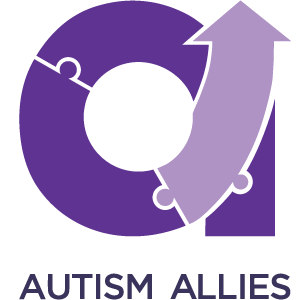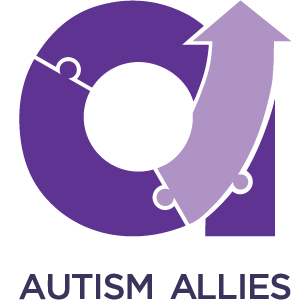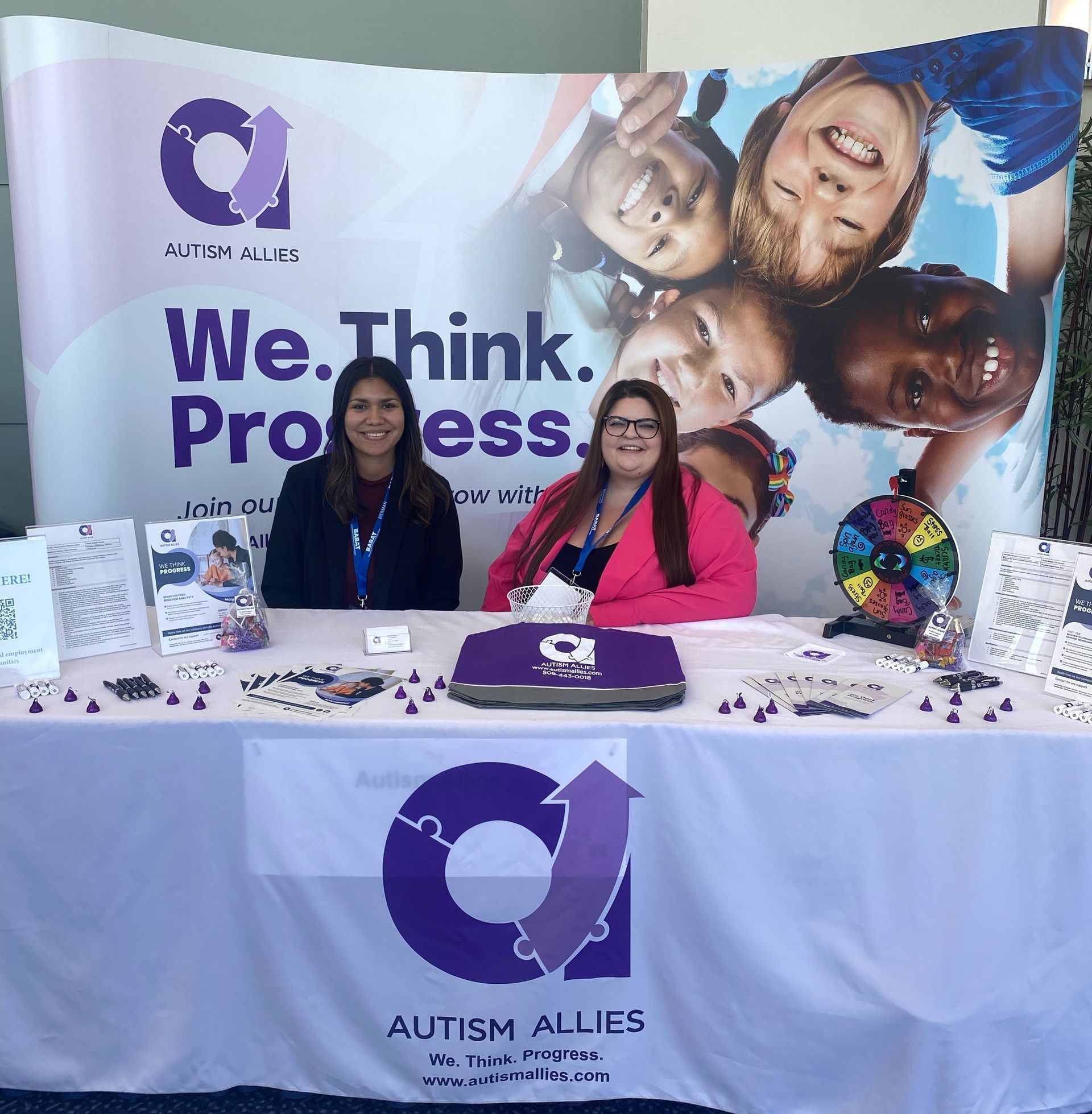Introducing the Autism Allies Comprehensive Guide to Pivotal Response Training (PRT)

This innovative approach helps children with ASD develop essential social skills through specialized strategies. Let’s explore PRT, its effectiveness, and how it works.
What Makes PRT Unique?
Unlike traditional applied behavioral analysis (ABA), PRT emphasizes pivotal areas that are crucial for a child's overall development. The four key areas include:
- Motivation: Tapping into a child's interests to foster a desire to learn.
- Initiation: Encouraging children to initiate social interactions.
- Responding to Multiple Cues: Training a child to respond to varied cues.
- Self-management: Empowering children to evaluate their behavior.
These areas lead to marked improvements in communication, behavior, and social skills.
Key Components and Strategies
PRT uses innovative strategies that differ from traditional ABA therapy. Some unique aspects of PRT are:
- Focusing on the child's interest to keep them motivated.
- Using play-based interactions.
- Encouraging children to perform new and mastered behaviors.
- Providing clear opportunities and rewarding desired behaviors.
The ultimate goal of PRT is to enhance the child's overall functioning in communication, behavioral, and social areas.
Flexibility in PRT Treatment
PRT is designed to be adaptable and can be delivered by therapists, teachers, and parents alike. Tailoring the PRT treatment plan to a child's unique needs promotes a sense of support and empowerment among parents and teachers. The number of hours required for treatment may vary, depending on individual needs.
Effectiveness of PRT
Research underscores the effectiveness of PRT in improving social communication skills and reducing disruptive behaviors. Success rates in PRT outcomes vary widely, reflecting the different ways "optimal outcome" might be defined. Further research is ongoing to provide a more standardized view of what can be expected from PRT.
Is PRT Covered by Insurance?
The coverage for PRT may differ among insurance providers. It’s wise to consult your insurance company to understand exactly what’s covered.
Summary
Pivotal Response Training stands as a flexible and effective approach in treating children with ASD. It emphasizes motivation, initiation, response to cues, and self-management. Unlike ABA therapy, PRT focuses on pivotal areas of a child's development, leading to broad improvements.
At Autism Allies, we believe in adopting evidence-based practices like PRT to provide children with ASD the best opportunities for growth and development. By including parents, teachers, and clinicians in the delivery of PRT, we aim for a unified and personalized approach to help children with ASD thrive.












